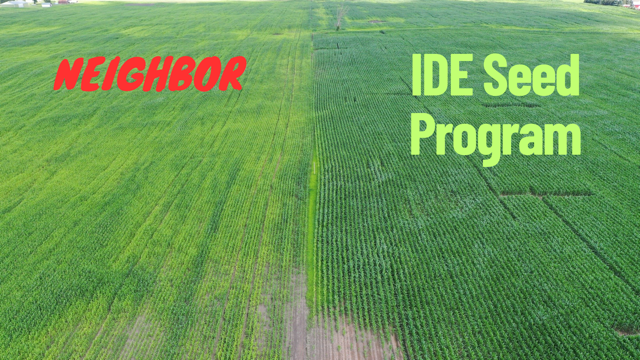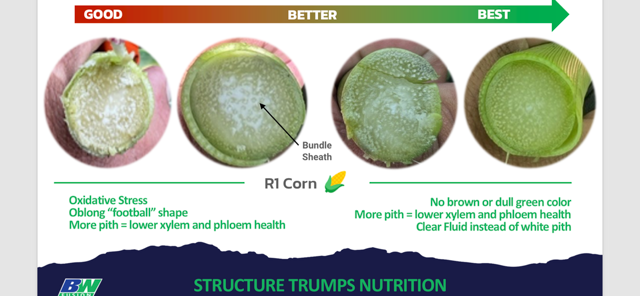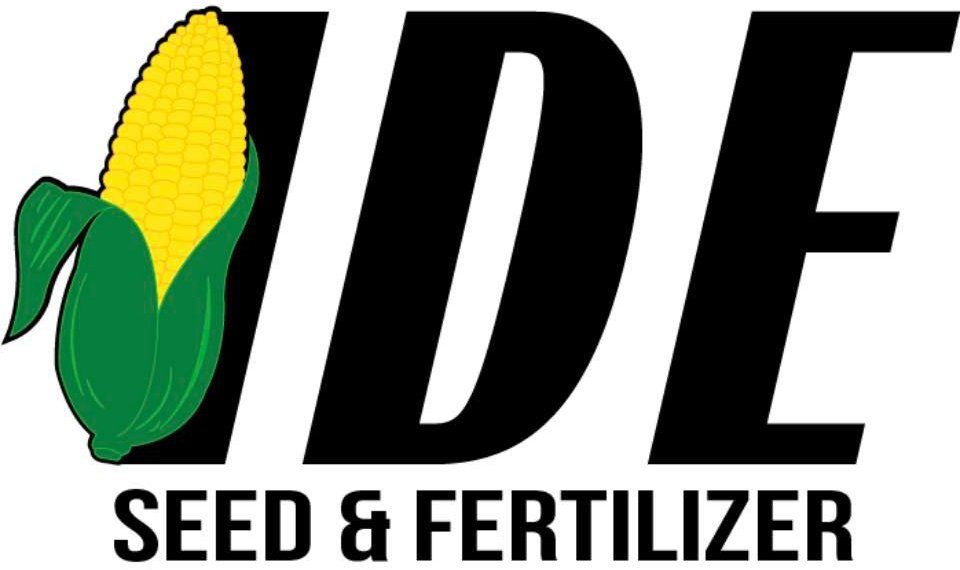Will Yellow Corn Change Your Mindset?
The Yellow Corn Crisis Calls for Proactive Soil Management
As you drive across Minnesota right now, chances are you're seeing a lot of yellow corn. This alarming sight isn't just a visual problem—it's a wake-up call for the entire farming community. But what's really causing this, and more importantly, what can we do about it?
The Myth of the "Normal Year"
How often have you heard someone say, "It's not a normal year"? Here's a reality check: when was the last time we had a truly "normal" year? Climate unpredictability is our new normal. So why are we still hoping for ideal conditions instead of preparing for the challenges we're bound to face?

It's All About Availability and Balance
Here's what many farmers don't realize: the nutrients your crops need are likely already in your soil. The problem? They're not in a form readily available to your plants. This is where soil biology comes into play. Microbes are nature's nutrient converters, making those locked-up nutrients accessible to your crops.
To truly grasp why your corn might be turning yellow despite your best efforts, we need to understand Liebig's Law of the Minimum. This principle states that plant growth is controlled not by the total amount of resources available, but by the scarcest resource (the limiting factor). In other words, your crop yield is only as good as your most limiting nutrient or factor. This principle extends beyond NPK to include all growth factors.
Here's why this matters:
Beyond Just Nutrients
Water, sunlight, soil biology, and even stress factors (like pests or flooding) can become limiting factors, even when nutrients seem abundant.
Balance is Key
Excess of one nutrient doesn't compensate for deficiencies elsewhere. In fact, imbalances can further stress plants.
Nutrient Presence vs. Availability
Soil tests might show adequate nutrient levels, but if they're not in a plant-available form, crops can't use them. This is where soil biology becomes crucial.
Microbial Role
Soil microorganisms transform complex compounds into forms plants can absorb. Without a thriving microbial community, nutrient cycling is hindered.
Soil Structure
Good structure, maintained by organic matter and microbial activity, ensures proper water infiltration and root growth, both essential for nutrient uptake.
Understanding these principles helps us see that yellow corn might not just be a nitrogen issue. It could indicate poor soil structure, lack of microbial activity, or other stressors limiting nutrient availability and overall plant health.

The Yellow Corn Phenomenon Explained
So then, why is so much corn turning yellow? It’s not just about nitrogen deficiency. Most nitrogen in fertilizers comes in an inorganic form. In water-saturated soils, oxygen levels plummet, tying up this nitrogen and making it inaccessible to plants. Simply adding more nitrogen might green up your corn temporarily, but it's just a band-aid on a much deeper issue.
Waterlogged soils, like we've seen this year, create a cascade of problems for corn plants. Excess water pushes out oxygen, creating an anaerobic environment that stresses beneficial microbes and plant roots alike. This not only limits the roots' ability to take up nutrients but also leads to nutrient leaching, washing away essential elements like nitrogen before plants can access them.
The Importance of Proactive Management
Here's a crucial point that many farmers overlook: once stress has manifested in the plant, such as yellowing corn, there's often little you can do to fully reverse the damage. Plant stress is cumulative and can have lasting effects on yield potential. This is why being proactive in your soil management is so critical. By the time you see visible signs of stress in your crops, you're already fighting an uphill battle.
This reality underscores the importance of building a resilient soil system that can buffer against stress before it impacts your crops. It's about creating an environment where your plants can thrive, not just survive.
Enter: WEOC
Water Extractable Organic Carbon (WEOC) is a crucial indicator of soil health. The longer your fields have gone without manure application or crop rotation, the lower your WEOC levels are likely to be. Low WEOC means your soil biology is struggling, leading to those yellow corn fields we're seeing everywhere.

Breaking the Cycle: The Power of Proactive Soil Management
Understanding Liebig's Law of the Minimum and the lasting impact of plant stress, we can see that proactive soil management isn't just about adding more fertilizer or reacting to problems as they arise. It's about creating a balanced, resilient system that addresses all potential limiting factors before they can impact your crop. Here's how:
Boost Your Soil's Organic Carbon
Implement practices that increase WEOC levels. This creates a more resilient soil ecosystem, improving overall soil structure and microbial habitat.
Embrace Crop Rotation
Adding a third crop like wheat or alfalfa to your rotation can significantly improve WEOC levels and break pest cycles. Different crops feed different microbes, enhancing overall soil health and reducing the risk of any one factor becoming limiting.
Introduce Low-Oxygen Tolerant Microbes
Use products like BW 401, which contains microbes that can function in low-oxygen environments, helping your soil biology thrive even in waterlogged conditions. This ensures nutrient cycling continues even under stress.
Enhance Nutrient Availability and Support Plant Health
Consider using BW Meltdown, a blend of nutrients and beneficial microorganisms that enhance nutrient availability and overall soil health. In challenging soil conditions, QLF Foliar can provide direct support to plant health,
stress resistance through foliar application, and provide energy for the plant.
Focus on Mineralization
Healthy soil biology promotes better nutrient mineralization, making more nutrients readily available to your crops and reducing the likelihood of any one nutrient becoming a limiting factor.
Are you Ready to Change Your Thinking?
"This is what we've always done" is a phrase that's holding back agricultural progress. What's it going to take to get you to think differently? Remember, people change for three reasons:
- They're trying to better themselves
- They're desperate
- They're going along with their neighbors
Right now, with fields of yellow corn staring us in the face, which category do you fall into?
So, now what?
While it's too late to reverse yellowing corn this season, now is the perfect time to be proactive for next year. Start planning to increase your soil's WEOC levels and improve its overall biology. We're providing the tools to manage your fields more effectively—are you ready to use them?
Remember, proactive soil management and the right products can build resilience into your farming system, preparing you for whatever challenges nature brings.
It's time to stop reacting and start preparing. Your soil—and your future crops—will thank you.
Ready to revolutionize your soil management?
Contact us today to learn how you can boost your soil's WEOC, leverage BW products,
and prepare for a more resilient future!
